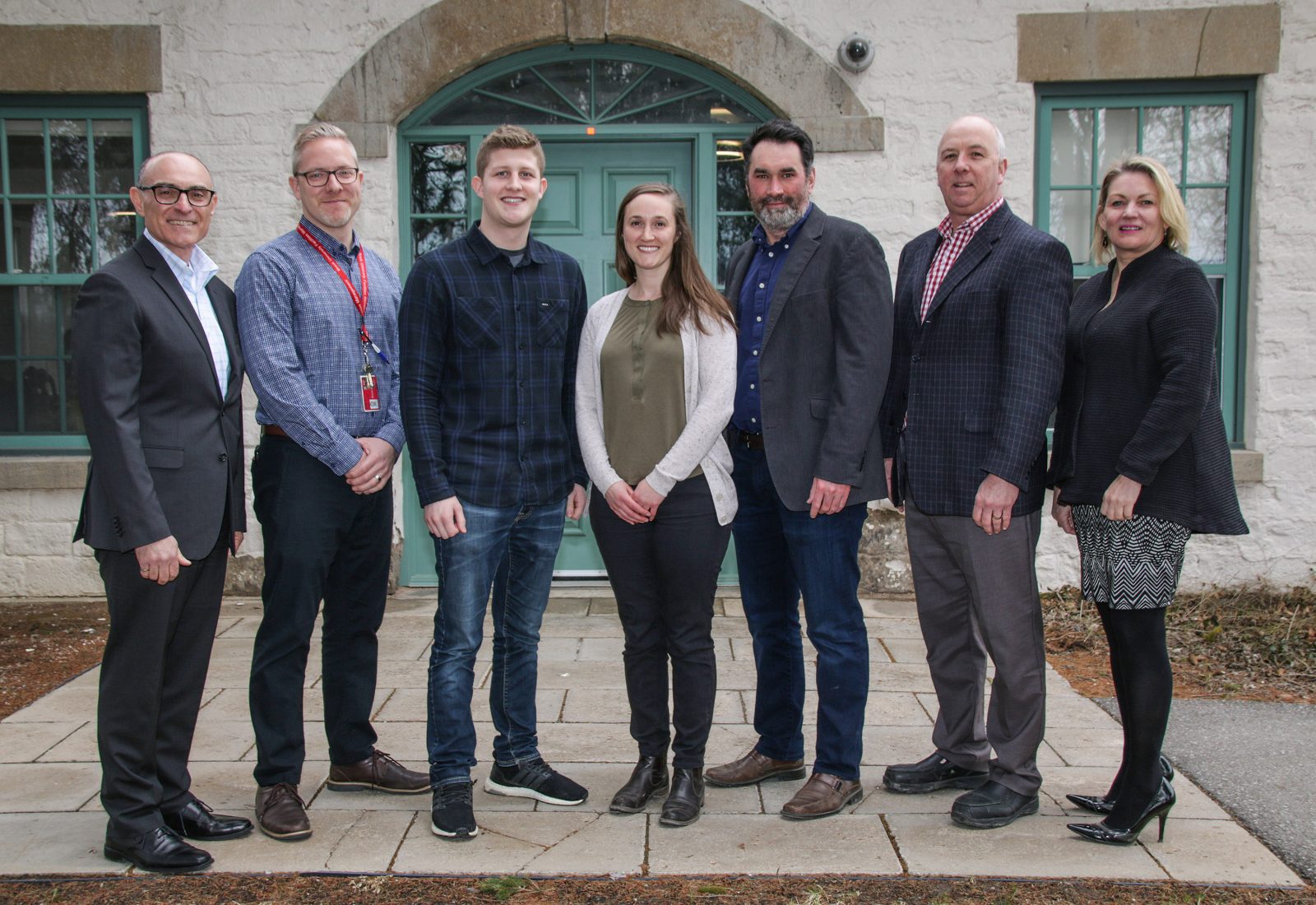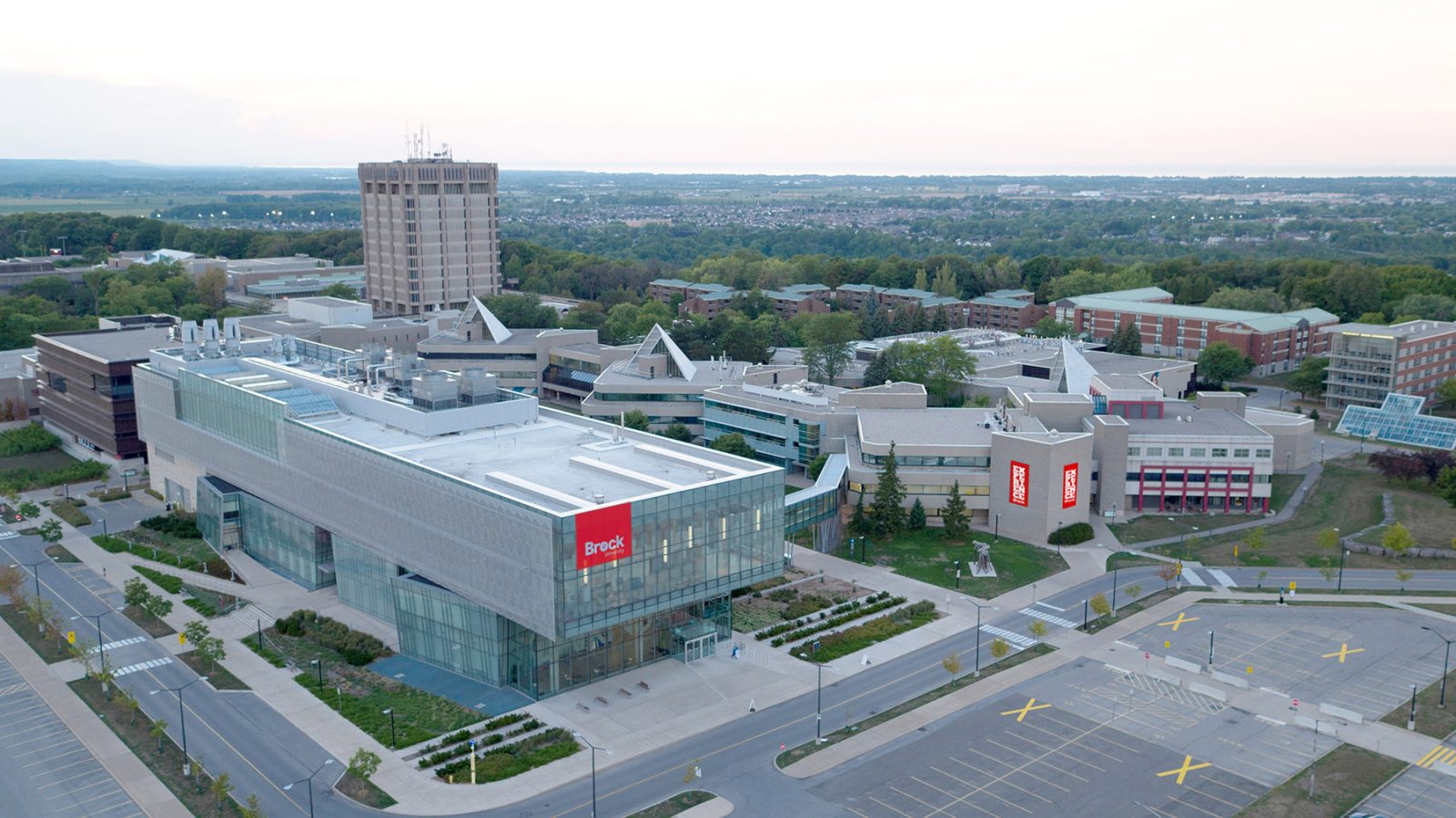The Niagara Adapts team is excited to announce our community and municipal surveys on experiences with climate change have gone live!
An important component of the Niagara Adapts climate change adaptation process involves collecting data on climate change vulnerability across different scales. Leveraging the expertise of Dr. Ryan Plummer and Dr. Jessica Blythe as well as others, and drawing from the extensive scholarly literature, a robust and comprehensive vulnerability assessment tool was developed. The tool will use a combination of primary and secondary data to collect information on community exposure to climate change, community sensitivity to climate change, and the capacity of the community to adapt.
This assessment exists at different scales; specifically, the household scale (i.e. individuals living in the community) and the municipal scale (i.e. community wide impacts and experiences). Primary data will be collected through two surveys. The Niagara Adapts municipal partners will collect municipal scale information on things such as roads, dwelling units, flood plains, and municipal policies. The household survey is accessible to the general public, and after only a few weeks of being live, we are excited to announce that we have had excellent interest in participation. The public survey gives community members the opportunity to contribute to the climate change adaptation process, ensuring that planning reflects the context of each municipality. The Brock team looks forward to digging into the survey results and reporting back with findings in time.
If you live in one of the municipalities participating in Niagara Adapts, we invite you to take the household survey!






















